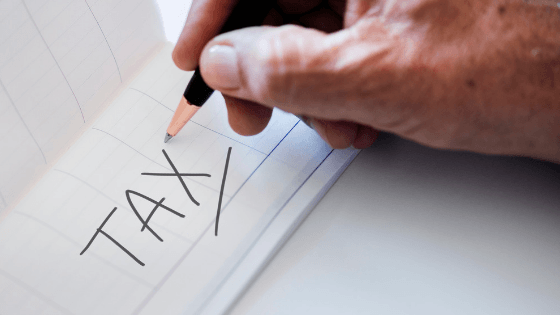Draft legislation for Making Tax Digital (MTD) for Income Tax Self Assessment (ITSA) has been issued by HMRC. From April 2024, individuals with a turnover of £10,000 or more from self-employment or property income will be required to make quarterly submissions with a final end of period statement (EOPS).
The draft legislation makes reference to what the submissions will need to include and HMRC will allow individuals to submit these as total income and total expenses without a need to show any detailed breakdown. It is anticipated that there will be no requirement to make any accounting or tax adjustments to the quarterly figures as these will be taken care of in the EOPS, as would have previously been done in the self-assessment tax return.
Individuals who have other sources of income aside from self-employment and property income will need to file a self-assessment return for these in addition to the submissions under making tax digital as this falls outside the scope of making tax digital.
An article published by Accountingweb questions the need for quarterly reporting if HMRC are unable to do anything with the data on the basis that there are only three line accounts – income, expenses and profit. Whilst the focus of this article is at the administrative burden being placed on the tax payer, one of the main purposes of making tax digital is for HMRC to collect tax that is not currently being paid. By having quarterly submissions showing levels of profits, HMRC will be able to predict the amount of tax they are expecting to receive. Whether the tax is paid and collected on time is a far greater issue for HMRC to contend with.
Quarterly submissions will need to be made electronically and there are currently only three providers that are HMRC approved at the time of writing. There are a large number of providers that are in development and aiming to gain recognition from HMRC in due course. HMRC has said that it will not be providing free software itself, however an excel spreadsheet integrated through a third party bridging software may be an option as there is already with MTD for VAT.
At Lambert Chapman, we are monitoring the legislation and information being provided by HMRC so we are able to prepare our clients and contacts to be ready for the significant change to self-assessment coming in less than two years’ time.
If you have any specific questions or concerns, please get in touch with your usual point of contact and we will be happy to assist.

Posted by Craig Weavers
Disclaimer
The views expressed in this article are the personal views of the Author and other professionals may express different views. They may not be the views of Lambert Chapman LLP. The material in the article cannot and should not be considered as exhaustive. Professional advice should be sought in connection with any of the issues contained in the article and the implementation of any actions.

